Introducing the Bee Ranger, BeeCool Bikes' latest eBike.
With a 48V 20Ah battery, get over 80 miles range.
1000W motor, peaking to 1300W with 110Nm torque.
Equipped with 20" X 4" fat tires.
Brand new horst link suspension.
All the offered free accessories will come with your order automatically and will be shipped out according to your order number.
Buy 2 Ebikes Get 1 FREE Cargo Trailer (Limited Time)
Your cart is empty
Now large discounts on all BeeCool accessories and you can save from 15% to 30% on them. Spend less and get more!
Get NowJoin our Accessories Community to know the latest accessories update and get the best discounts regularlly!
Join NowAlready have an account? Sign in
Check out official bike and accessory recommending combination here when it is hard for you to make a decision!
BeeCool Bikes
No need to worry about the shipping cost, we'll take care of it
Get a 2-year manufacturer's warranty automatically after purchase
Don't like the bikes? It's OK, we accept return within 14 days
Jump into a colorful world and follow your own style
We provide the most high-quality and versatile e-bikes, and the most professional riding knowledge and services to all those who love riding, so you will love riding more because of us.
LEARN MORE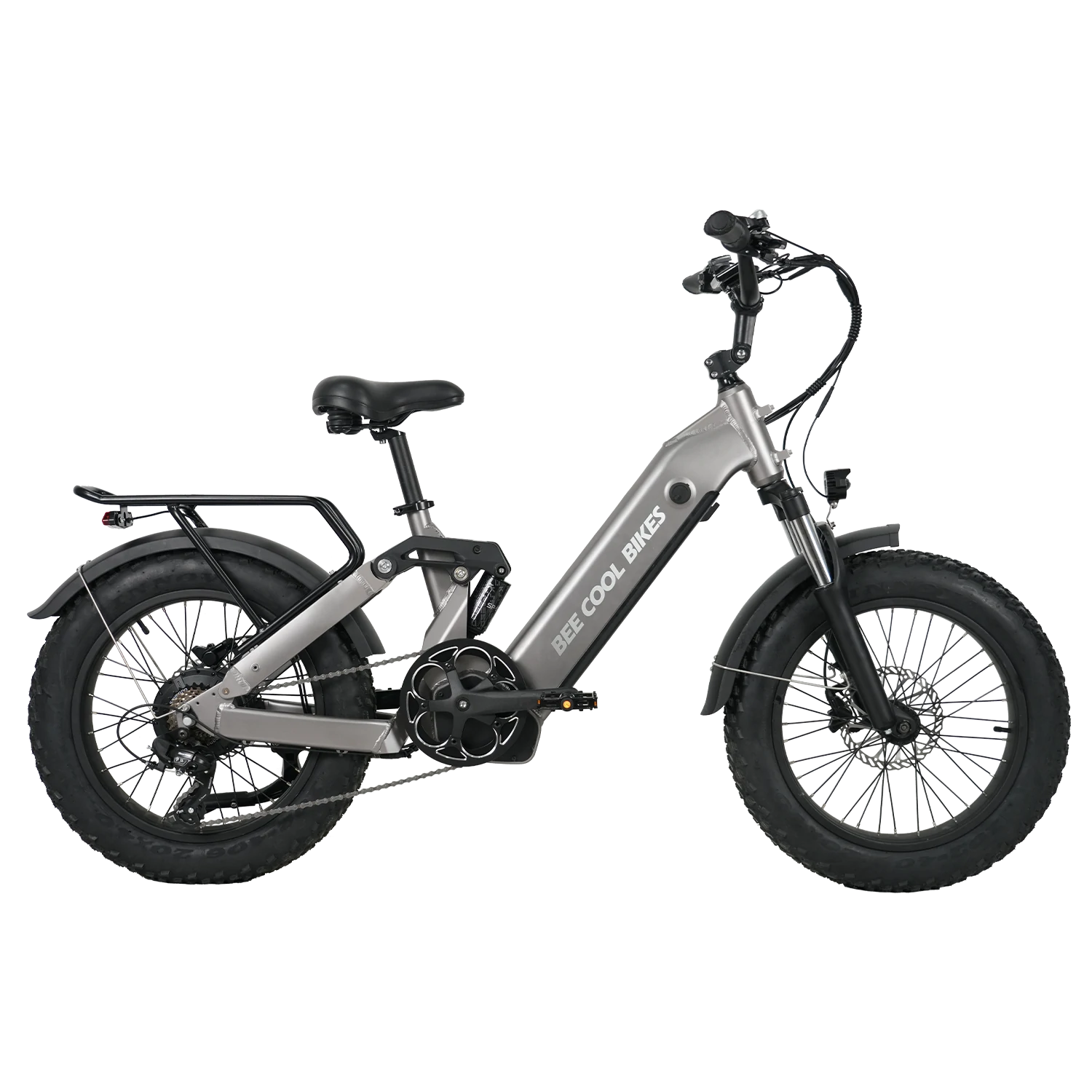
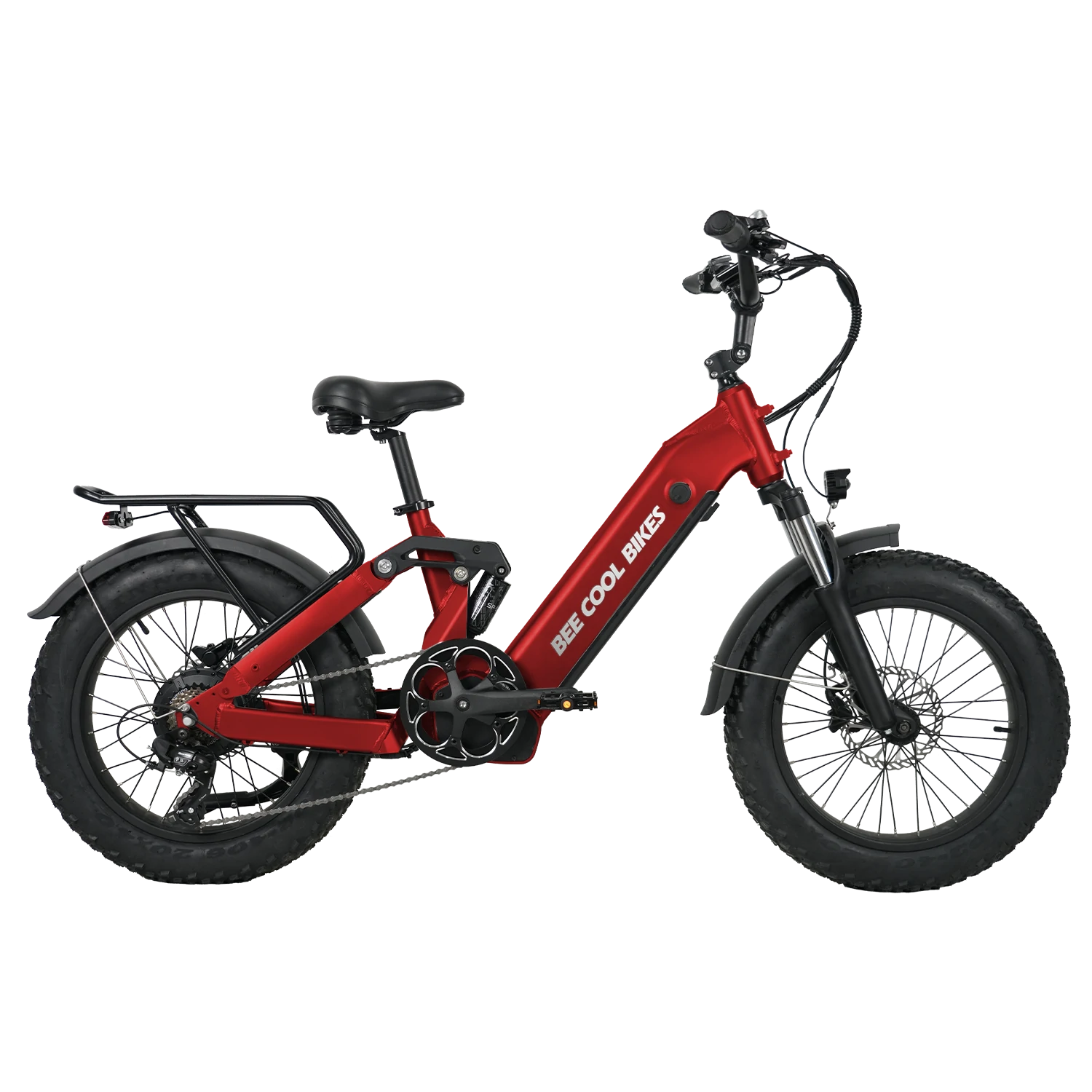
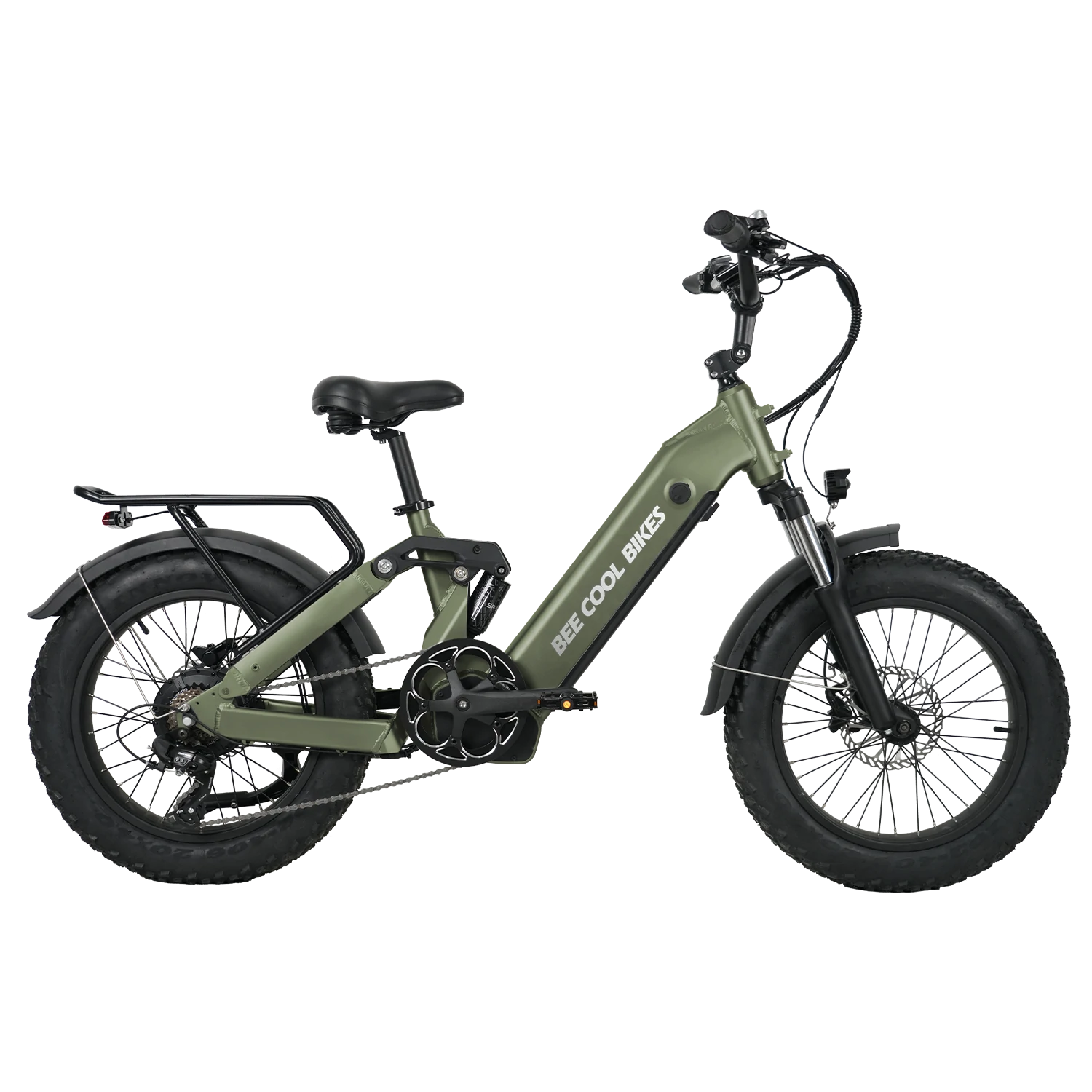

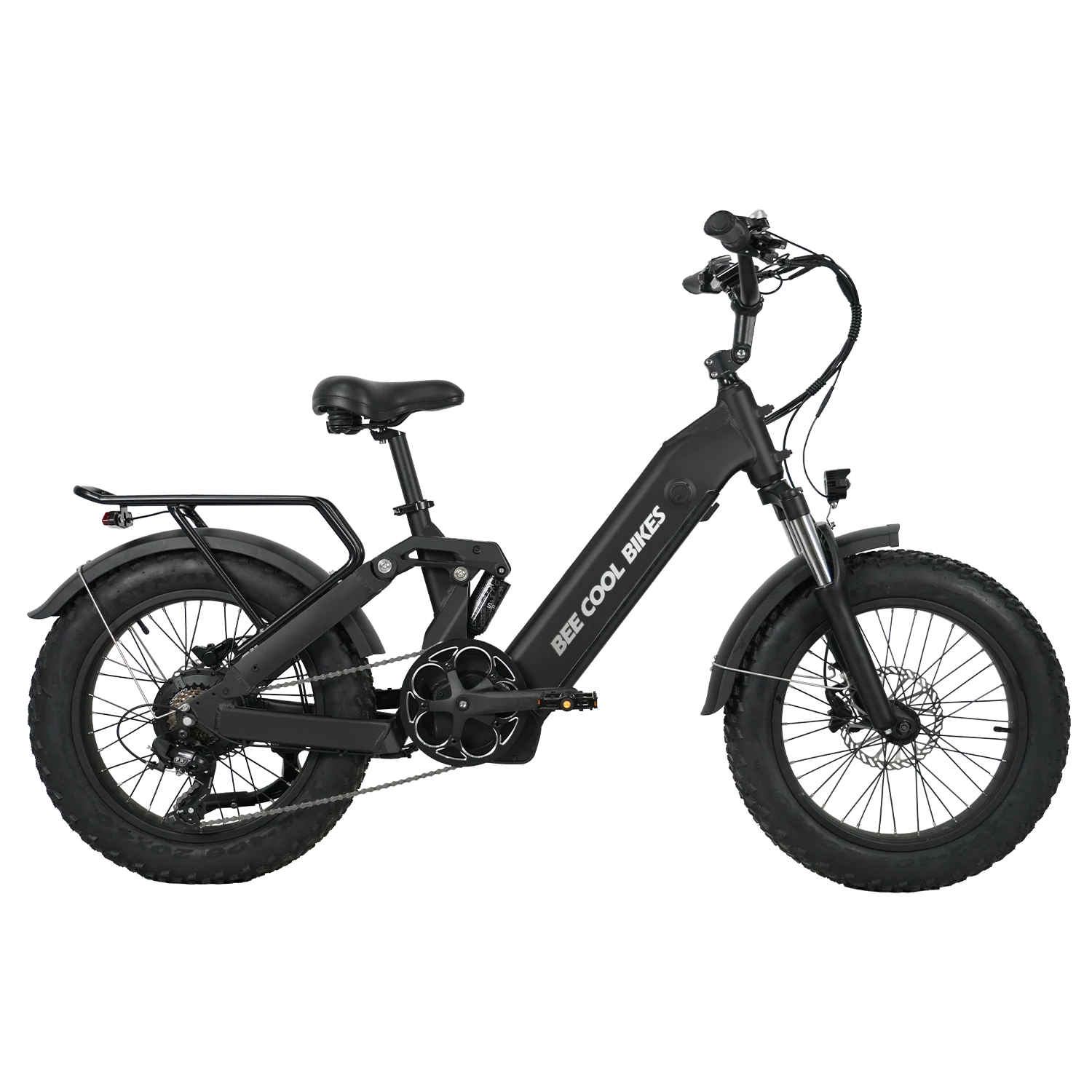


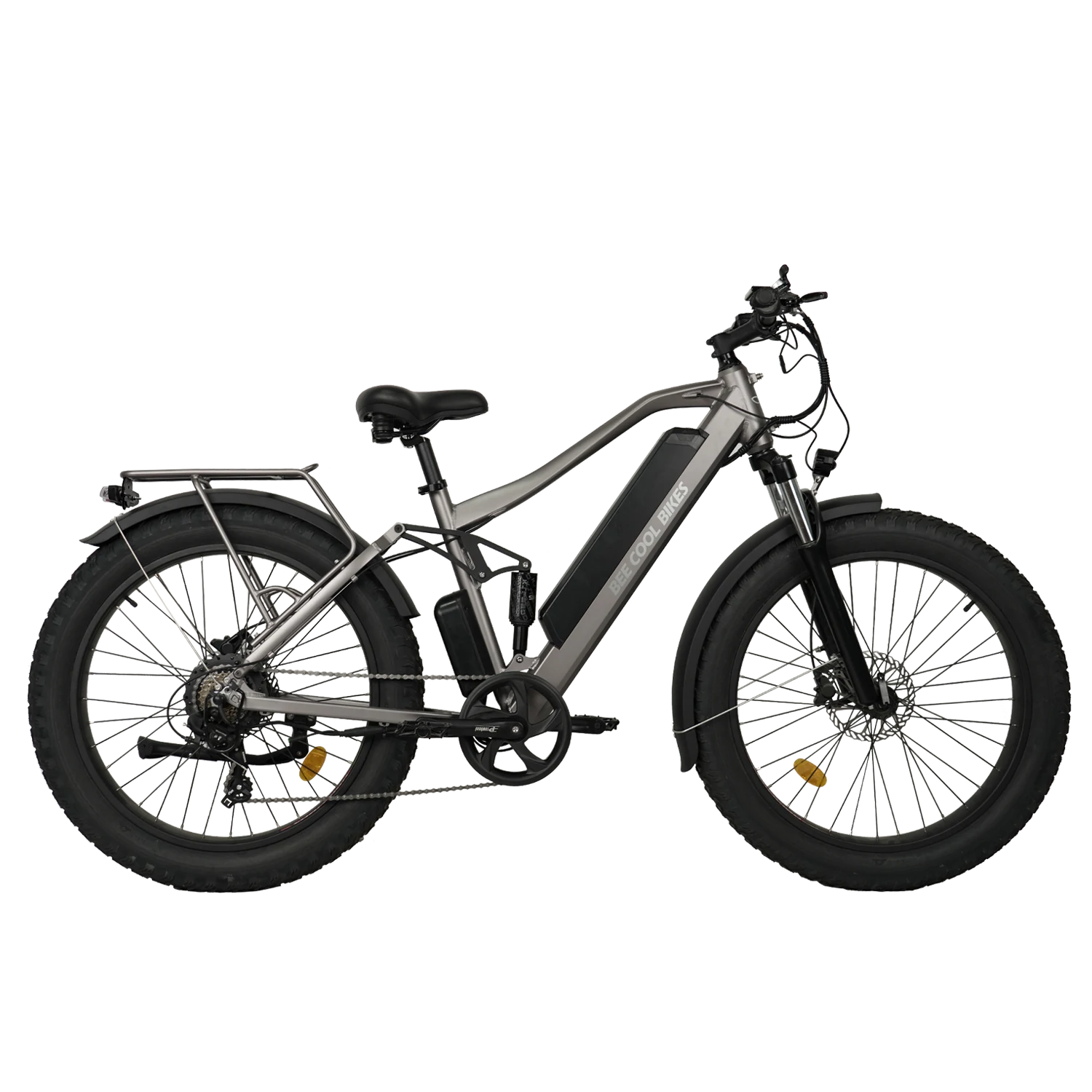

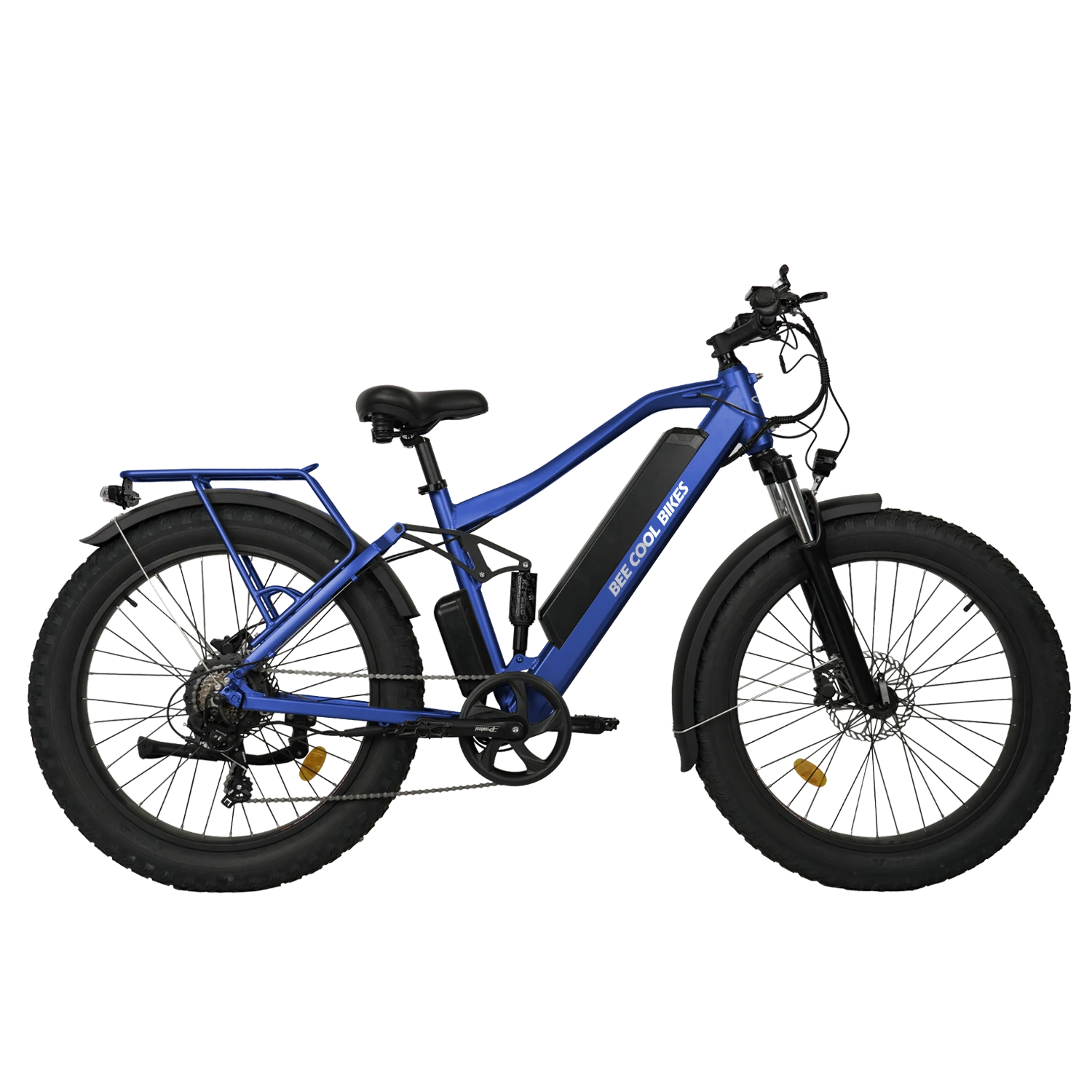
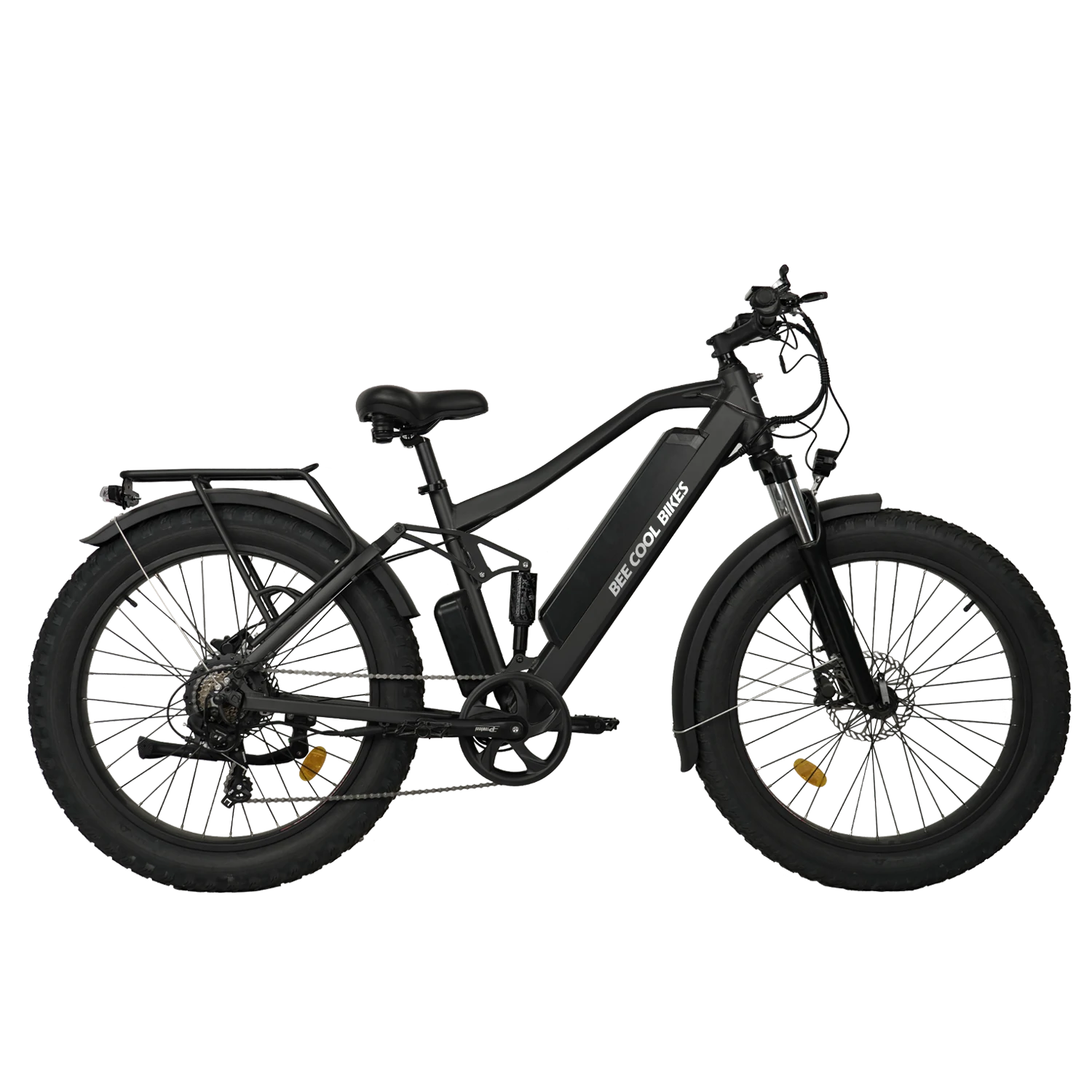
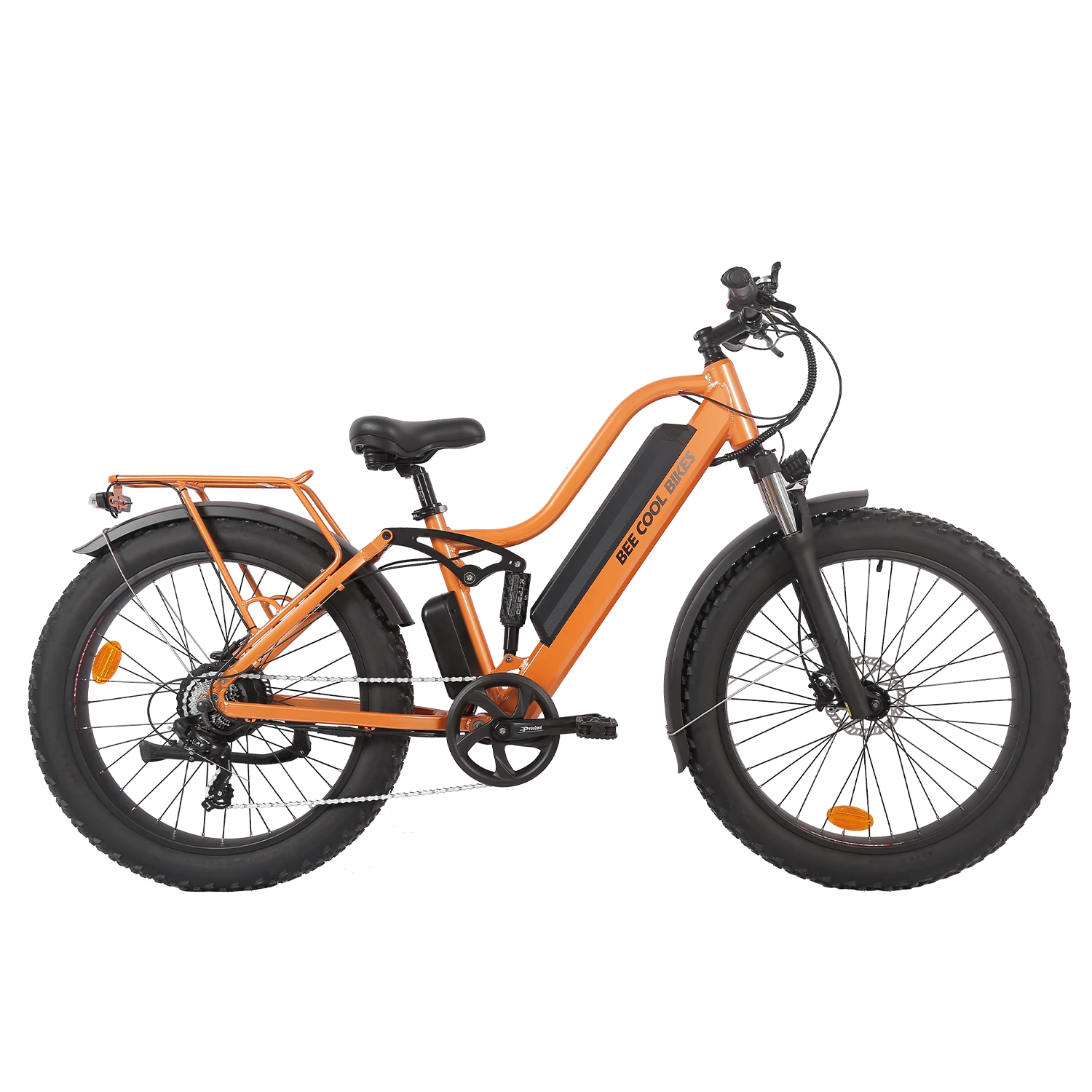
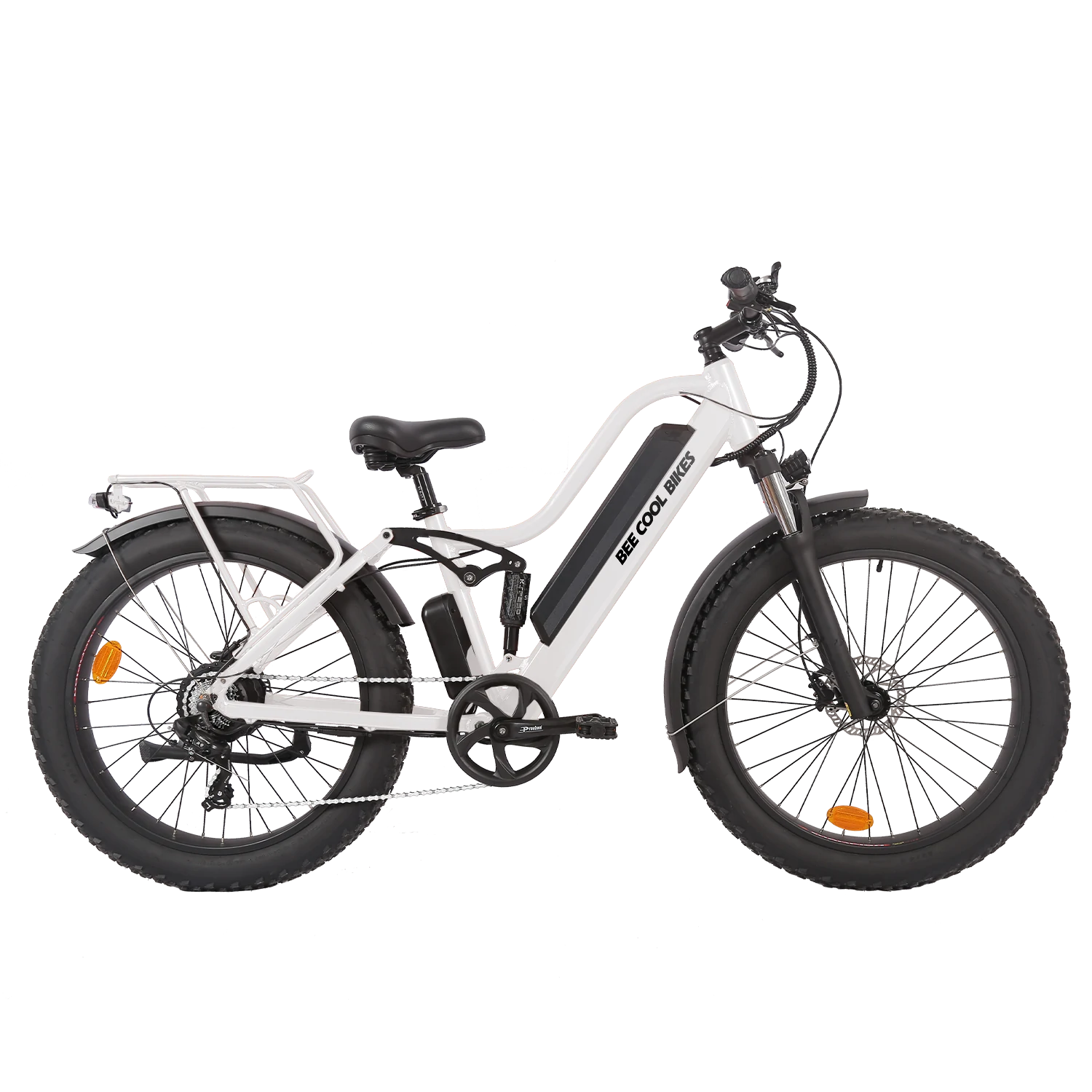



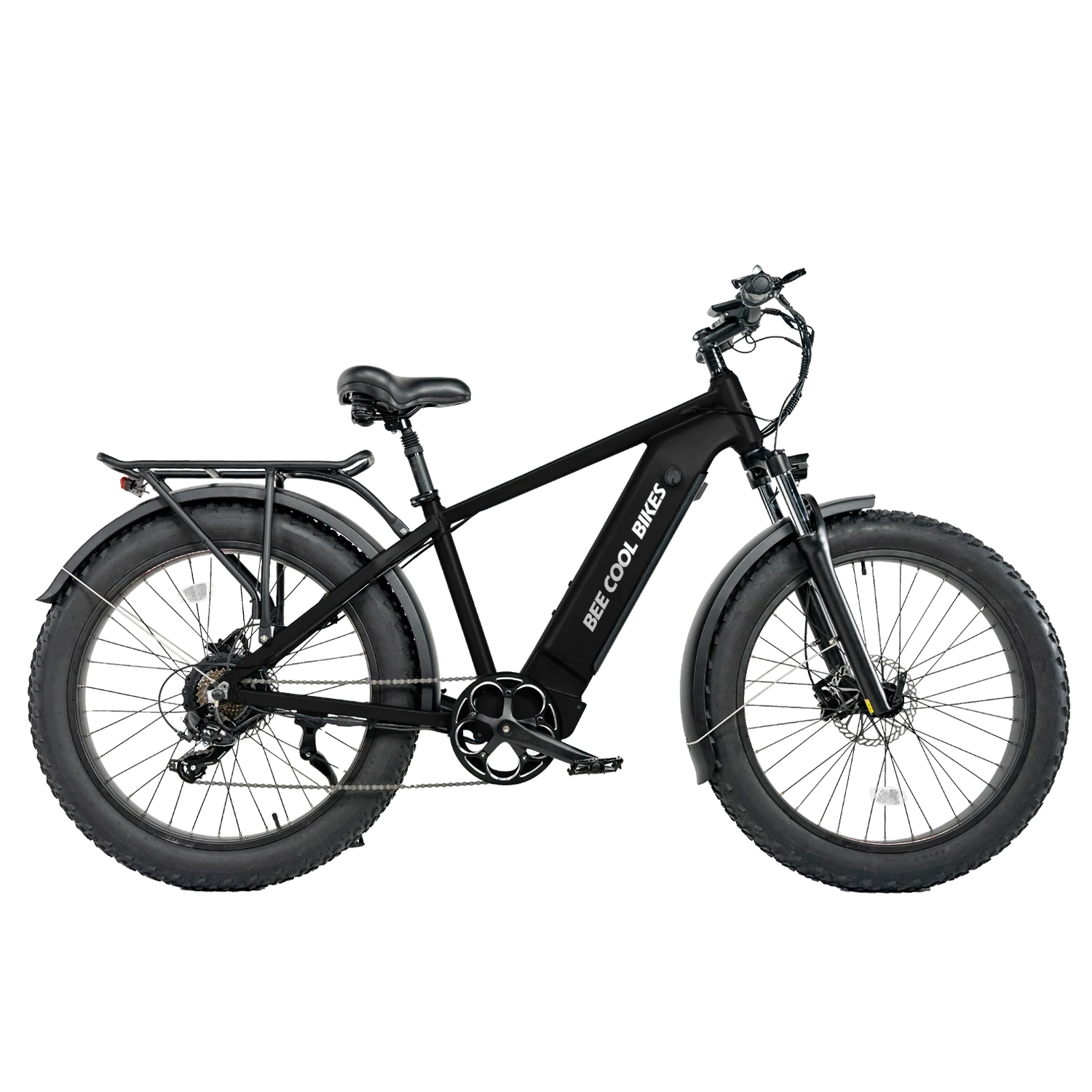
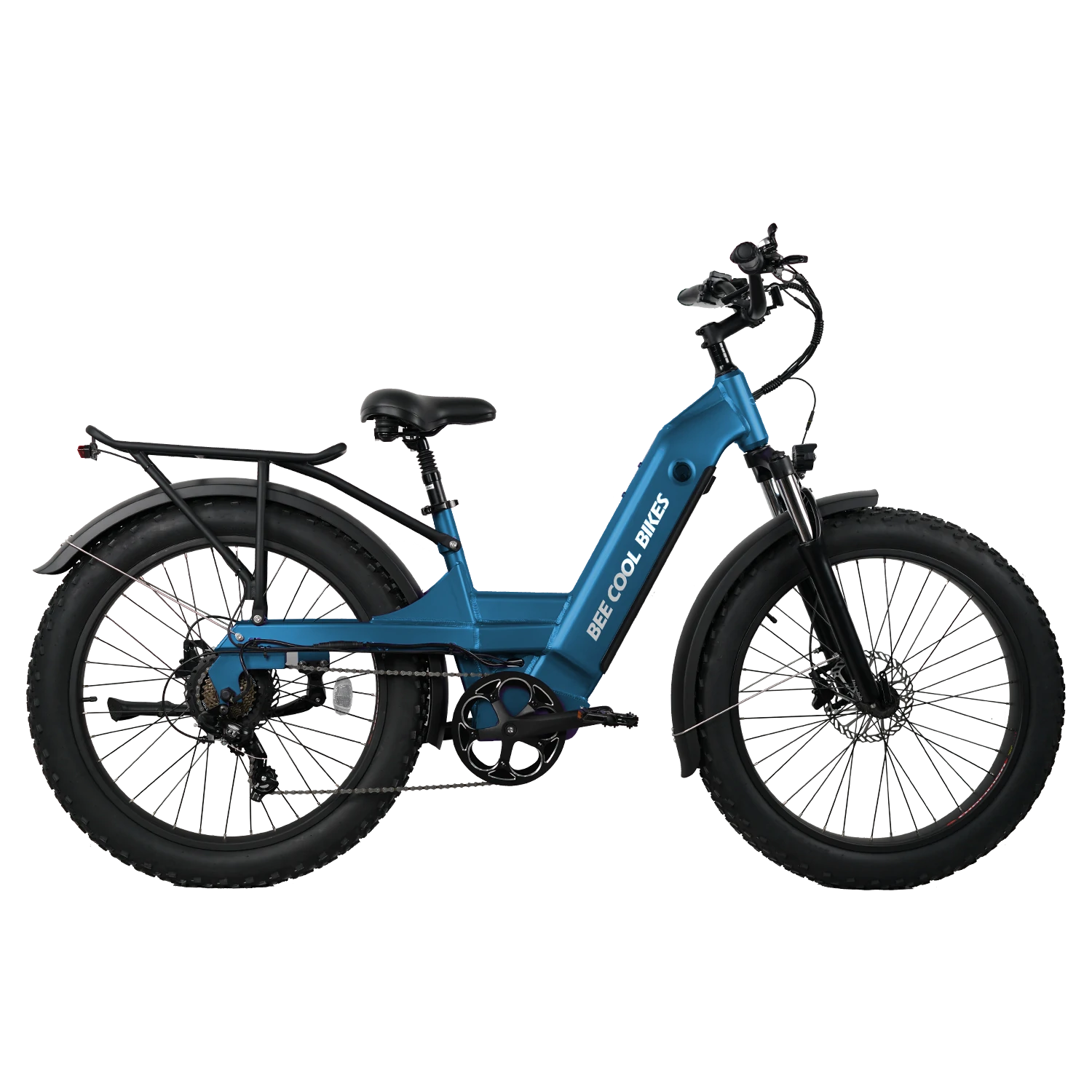

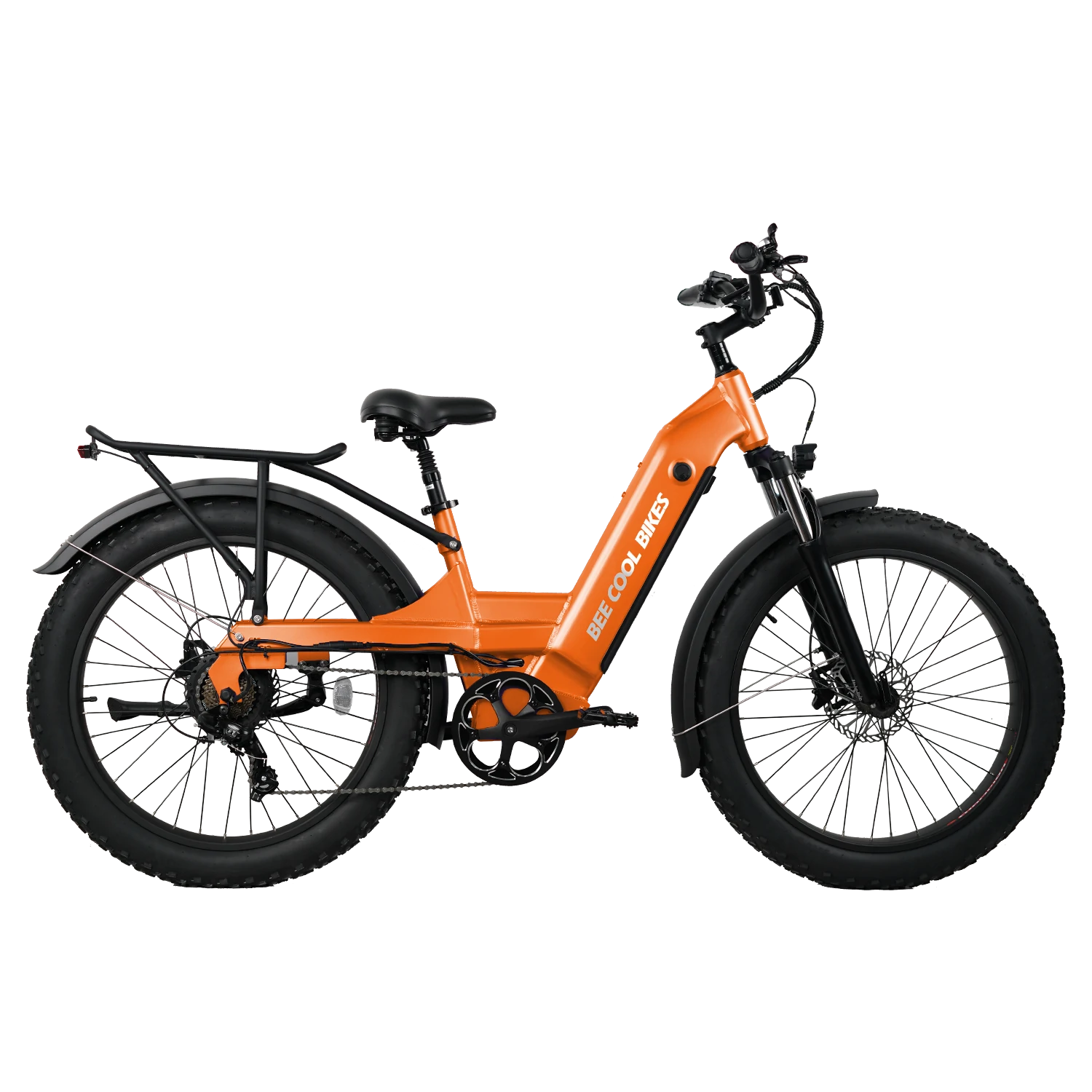




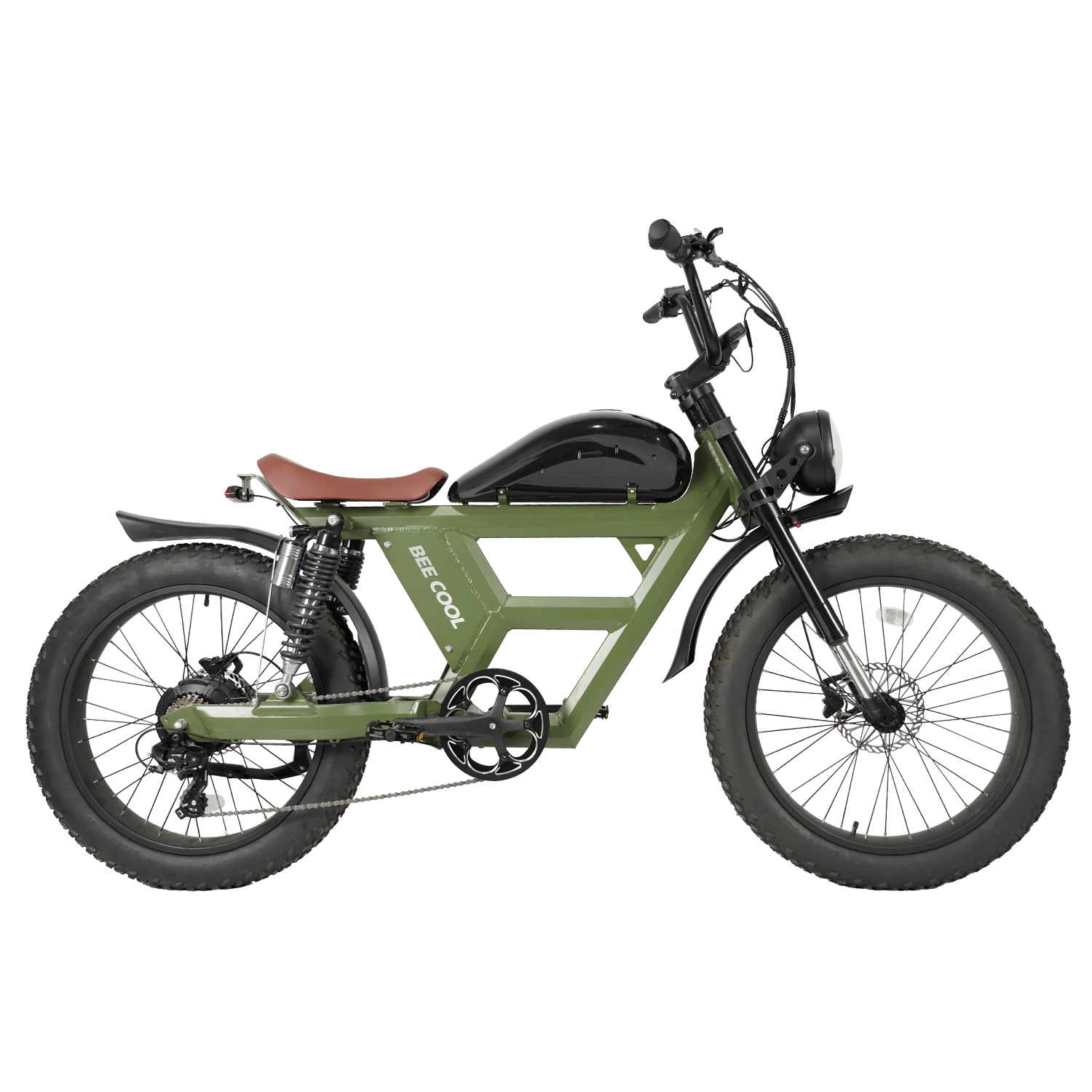


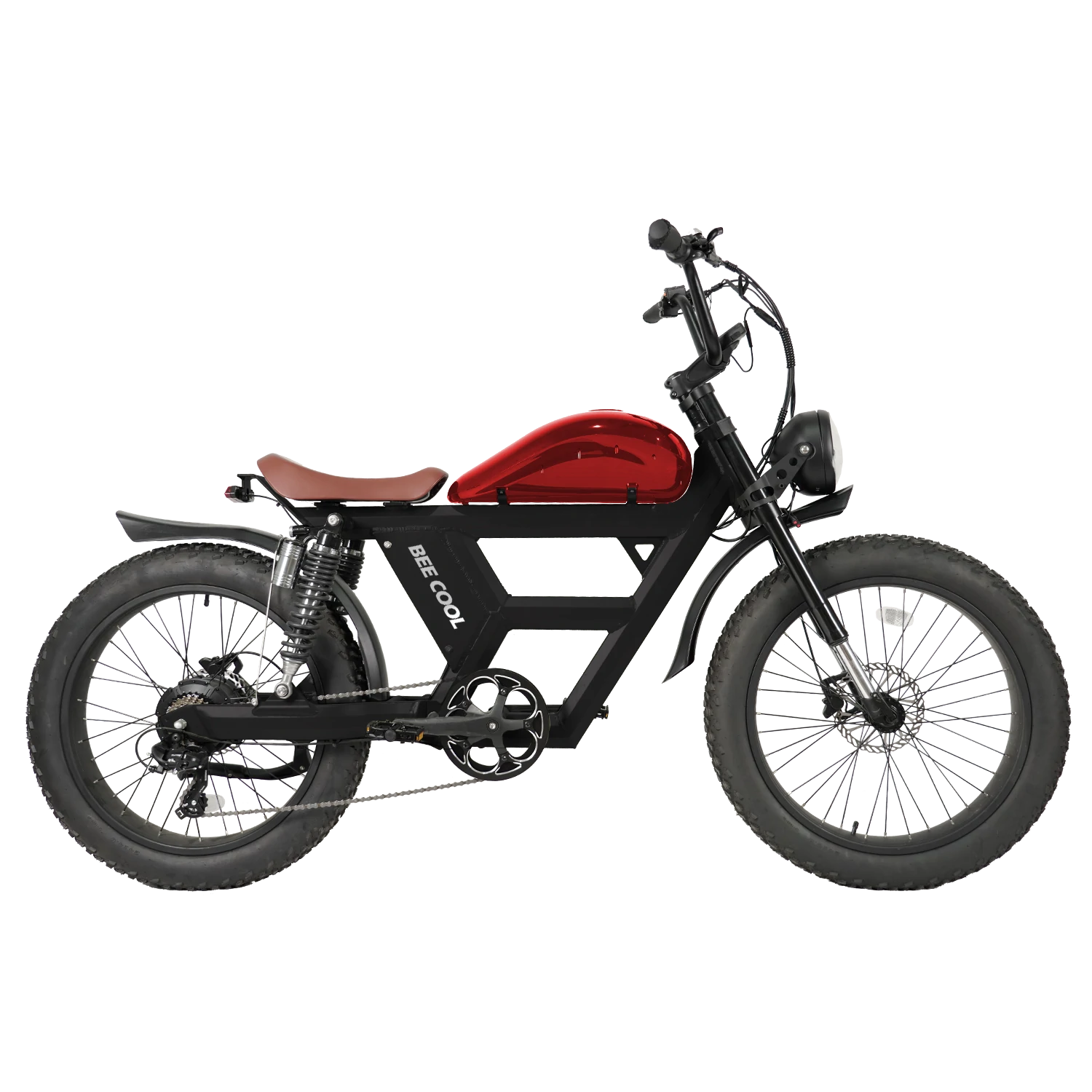
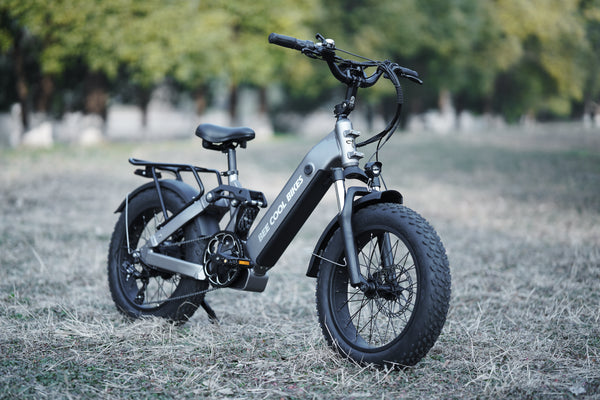
Introducing the Bee Ranger, BeeCool Bikes' latest eBike.
With a 48V 20Ah battery, get over 80 miles range.
1000W motor, peaking to 1300W with 110Nm torque.
Equipped with 20" X 4" fat tires.
Brand new horst link suspension.

Introducing the Bee Adventurer.
With a 48V 21Ah battery, gets over 80 miles range.
750W motor, peaking to 1100W with 88Nm torque.
Up to 28 Mph Max Speed.
Equipped with 26" X 4" fat tires.
Front fork + Rear horst-link suspension.

Introducing the Bee Explorer.
With a 48V 21Ah battery, gets over 80 miles range.
750W motor, peaking to 1100W with 88Nm torque.
Equipped with 26" X 4" fat tires.
Max speed: 28 Mph.
Front fork + Rear horst-link suspension.

Introducing the Bee Pathfinder.
With a 48V 20Ah battery, gets over 80 miles range.
750W motor, peaking to 1100W with 88Nm torque.
Equipped with 26" X 4" fat tires.
Front hydraulic fork + rear seat suspension.
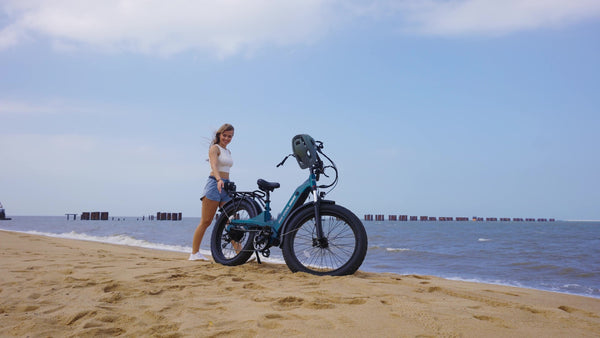
Introducing the Bee Pathfinder Step-Thru.
With a 48V 20Ah battery, gets over 80 miles range.
750W motor, peaking to 1100W with 88Nm torque.
Equipped with 26" X 4" fat tires.
Max speed: 28 Mph
Front hydraulic fork + rear seat suspension.
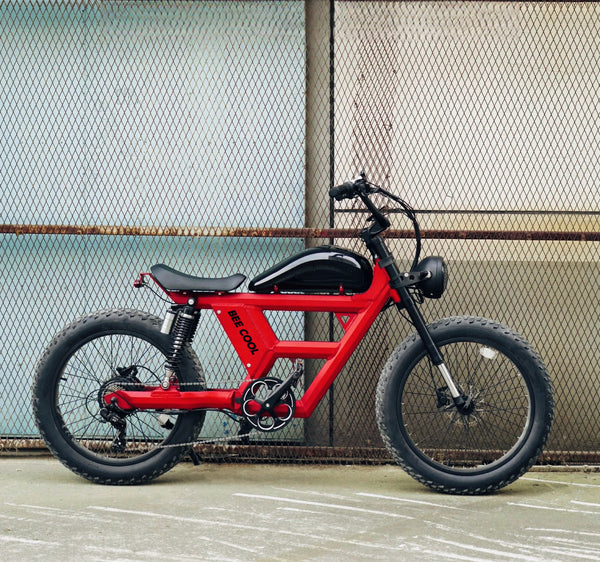
Introducing the Bee Challenger.
With a 48V 30Ah battery, gets over 100 miles range.
1000W motor, peaking to 1300W with 110Nm torque.
Equipped with 24" X 4" fat tires.
Max Speed: 28+ Mph(Unlockable)
Front hydraulic double shoulder + Rear double air suspension.
Service Guarantee
Your smile is our priority and we provide all-around service to bring you great shopping experience. We will always keep doing better both on service and product.







Bee Adventurer
$1,299.00$1,699.00
Bee Pathfinder Step-Thru
$1,299.00$1,999.00
Ebike Advanced Stem Suspension
$79.20$99.00
Foldable Ebike Cargo Trailer
$239.20$299.00
Front Mounted Basket for Bee Adventurer & Explorer & Bee Ranger
$71.20$89.00